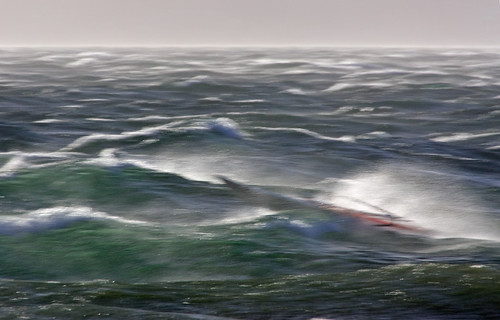- REUBEN
- MT. NEBO
 The tribe of Reuben was descended from Reuben, the first born of Jacob and Leah. Leah was not particularly loved by Jacob who preferred her sister Rachel. However, according to Syrian custom, the older daughter was supposed to have been married off first, hence, Jacob had to marry Leah. According to Genesis 29:32, Reuben received his name because of a wish from Leah,” Surely the lord has looked upon my affliction, (ra’ah yehovah b’anyi ראה יהוה בעניי ) now therefore, my husband will love me”. When Moses and the Israelite tribes arrived on the east side of the river, wars broke out between the peoples of the land and between Reuben, Gad, and the half-tribe of Menasheh. These tribes became victorious and Moses allotted them land on the east side of the Jordan on the condition that they help the other tribes conquer the land on the west side. To this, they agreed and they set about to take possession of their portion of territory. Reuben received territory on the northeastern side of the Dead Sea and the southernmost part of the Jordan, south of the territory of Gad. According to Biblical accounts beginning with Numbers 32:37 and continuing with Joshua 13:16, the cities of Reuben were listed as the following: Aroer, Ashdot Pisgah, Baal Meon, Bamot Baal, Bet Peor, Bet Yeshimot, Dibon, El’aleh, Heshbon, Kedemot, Kiryataim, Medeba, Mephaat, Nebo, Shibmah, Yahtzah, and Zaret Shahar.
The tribe of Reuben was descended from Reuben, the first born of Jacob and Leah. Leah was not particularly loved by Jacob who preferred her sister Rachel. However, according to Syrian custom, the older daughter was supposed to have been married off first, hence, Jacob had to marry Leah. According to Genesis 29:32, Reuben received his name because of a wish from Leah,” Surely the lord has looked upon my affliction, (ra’ah yehovah b’anyi ראה יהוה בעניי ) now therefore, my husband will love me”. When Moses and the Israelite tribes arrived on the east side of the river, wars broke out between the peoples of the land and between Reuben, Gad, and the half-tribe of Menasheh. These tribes became victorious and Moses allotted them land on the east side of the Jordan on the condition that they help the other tribes conquer the land on the west side. To this, they agreed and they set about to take possession of their portion of territory. Reuben received territory on the northeastern side of the Dead Sea and the southernmost part of the Jordan, south of the territory of Gad. According to Biblical accounts beginning with Numbers 32:37 and continuing with Joshua 13:16, the cities of Reuben were listed as the following: Aroer, Ashdot Pisgah, Baal Meon, Bamot Baal, Bet Peor, Bet Yeshimot, Dibon, El’aleh, Heshbon, Kedemot, Kiryataim, Medeba, Mephaat, Nebo, Shibmah, Yahtzah, and Zaret Shahar.---MT. NEBO
According to Deut. 32:49, it was from Mt Nebo, located in the mountain range of Abarim, that Moses surveyed the promised land, and then passed away on this spot. According to Jewish tradition, god buried Moses on the top of Mt. Nebo but his exact resting place remains unknown to this day. When the Arabs came to the area, they named this mountain “Jebel Naba”. Scholars now generally identify this mountain with the Biblical Nebo. It lies five miles southwest of Heshbon, two miles northwest of Madeba, and nine miles east of the northern end of the Dead Sea. During the Byzantine period, a chapel was built on the supposed spot of Moses’ death, but it was, long ago, abandoned. Today, no one lives in the area save for a few Bedouin.

No comments:
Post a Comment